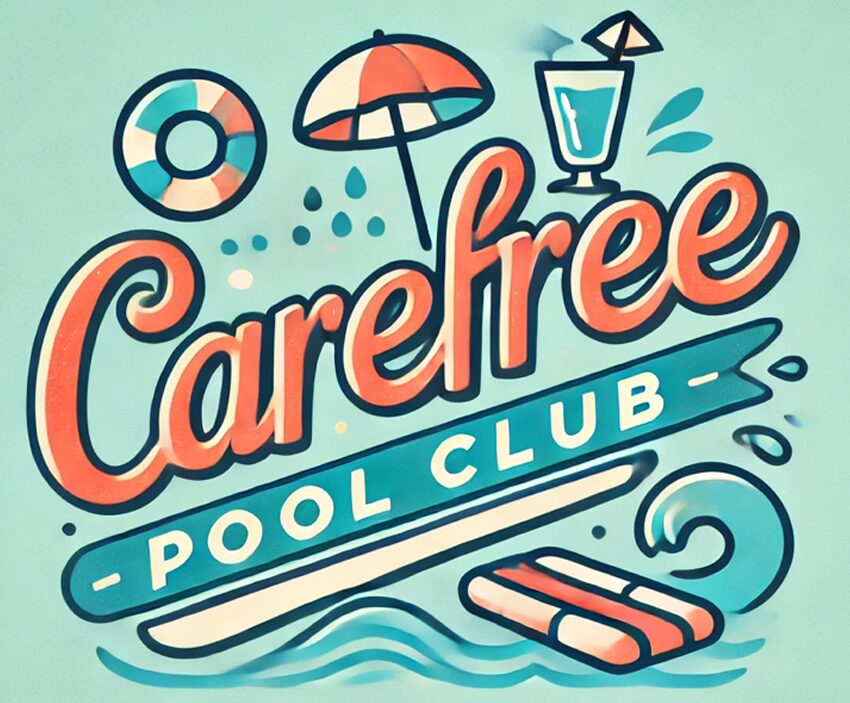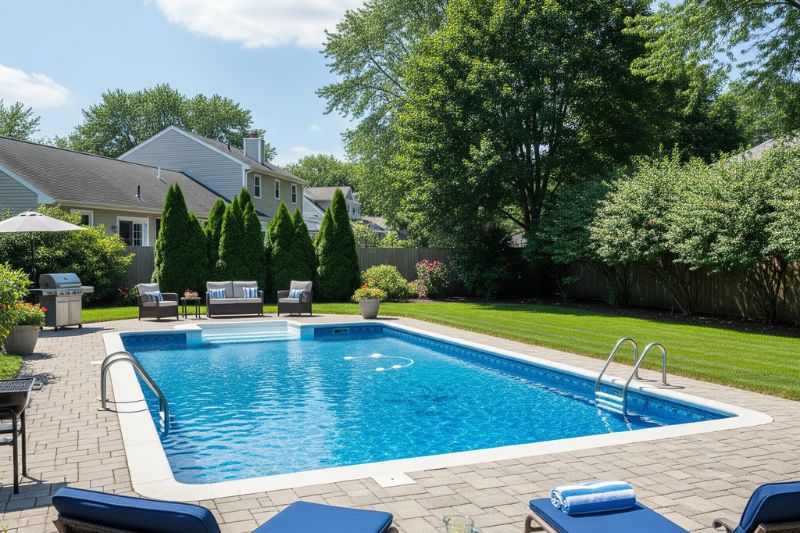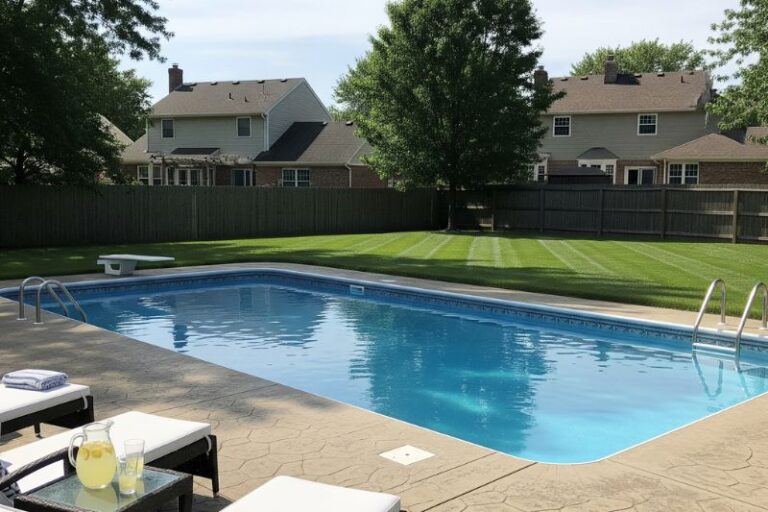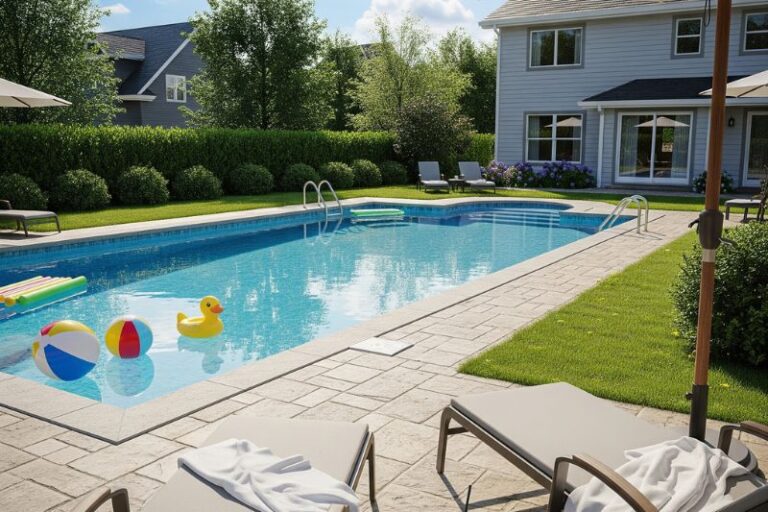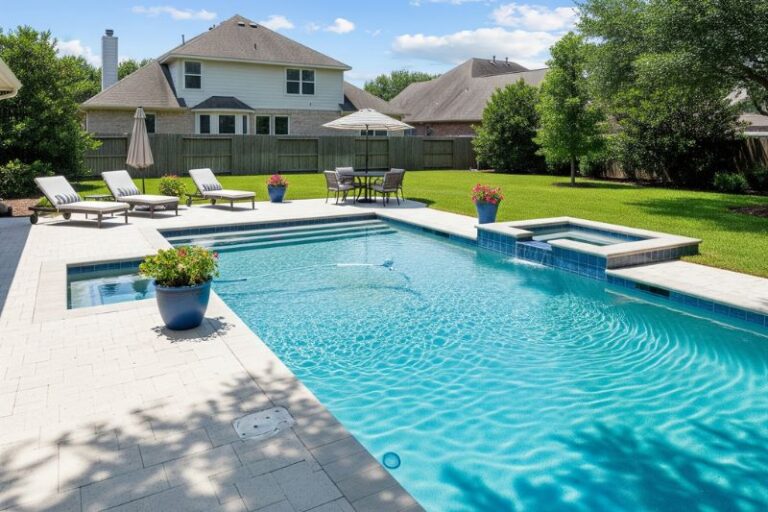Let me guess. You’ve been adding chlorine, shocking the water, and running the filter like clockwork, so you think you’re doing everything right. But when was the last time you actually measured your pool volume? If your answer is “never” or “I just eyeballed it,” you might be sabotaging your own maintenance.
Your pool volume isn’t just a number on paper. It’s the foundation of proper chemical dosing, filtration settings, and even heating efficiency. Guessing it means you’re gambling with your pool’s health—and your wallet.
Why Pool Volume Matters More Than You Think
The pool volume determines how much of every chemical you need, from chlorine to pH adjusters. Too much and you waste money, damage surfaces, or irritate swimmers’ skin. Too little and you invite algae, cloudy water, and bacteria.
Here’s what happens when you get it wrong:
- Over-chlorination that fades liners and burns eyes.
- Under-chlorination that turns water into a breeding ground.
- Wasted money on unnecessary chemicals.
- Poor heating efficiency, leading to higher energy bills.
Common Pool Maintenance Mistakes Linked to Wrong Pool Volume
1. Guessing Instead of Measuring
If you “just knew” the pool volume because the previous owner told you or you eyeballed it, you’re asking for trouble. Always measure it yourself.
Simple fix: Measure the length, width, average depth, and apply the correct formula. For rectangular pools: length × width × average depth × 7.5 = gallons.
2. Using Volume From a Sales Brochure
Your pool may have unique steps, slopes, or benches that change the actual water capacity. Manufacturer specs are often rounded up or down.
Simple fix: Measure actual dimensions instead of relying on a generic chart.
3. Ignoring Changes Over Time
If you’ve renovated, added features, or replaced the liner, your pool volume may have changed without you realizing.
Simple fix: Recalculate after any major change.
4. Copying a Friend’s Dosage
Just because your neighbor’s pool uses two cups of shock doesn’t mean yours should. Their pool volume is different, so their dosing is too.
Simple fix: Use your own numbers, not someone else’s guesswork.
How to Calculate Pool Volume Accurately
Step 1: Measure Correctly
Use a tape measure for length, width, and depth. For irregular shapes, break the pool into smaller sections and measure each.
Step 2: Use the Right Conversion
- Rectangular pools: L × W × Average Depth × 7.5
- Round pools: Diameter × Diameter × Average Depth × 5.9
- Oval pools: L × W × Average Depth × 6.7
Step 3: Double-Check
Repeat measurements to confirm accuracy. Even a few inches off can throw chemical dosing way out of balance.
The Hidden Costs of Wrong Pool Volume
- Chemical Waste: You burn through expensive chlorine and balancers faster.
- Surface Damage: Too much sanitizer damages plaster and liners.
- Algae Blooms: Too little sanitizer creates perfect conditions for growth.
- Equipment Strain: Improper chemical levels wear down pumps and heaters.
Your “No-Excuses” Pool Volume Checklist
- Measure length, width, and depth.
- Break irregular shapes into sections.
- Use correct formulas for shape.
- Record volume for future reference.
- Update numbers after renovations.
